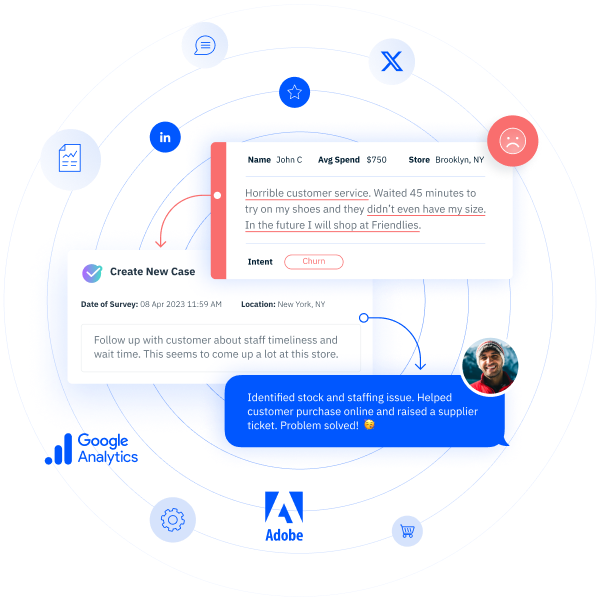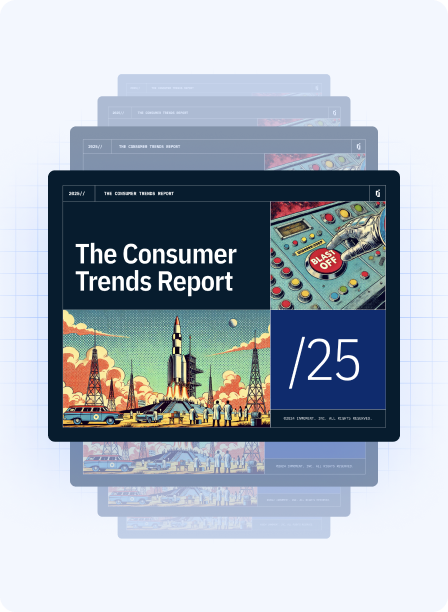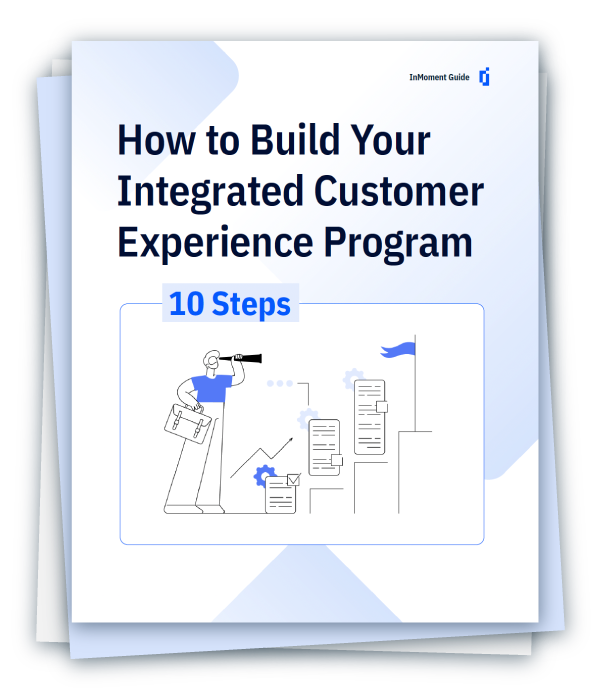
Cross-selling and upselling customers gets a bad rap in the world of customer experience (CX). A lot of brands hesitate to enact full-on initiatives because they don’t want to come off like the worst stereotype of a pushy car salesperson to their clients, and while that’s a worthwhile concern, it’s not the true nature of cross-selling and upselling. In fact, when handled properly, cross-selling can let your customers know that you’re not just interested in their money; you’re invested in their success and the part you play in achieving that. If you want to learn how to telegraph that to your customers, you’re in the right place!
Being Mindful
The first tip we can provide for good cross-selling/upselling is to be mindful of what your client expects. This doesn’t ‘just’ apply to your product—it also applies to your relationships with your point(s) of contact and when customers expect you to reach out to them. Knowing that cadence is its own reward, but it also helps clients stay secure in the fact that you respect their time and bandwidth.
Another, deeper factor here is the notion of a holistic customer, which means getting your company’s departments together and working off of a singular, 360-degree view of said customer. Not only does this help your brand deliver a better experience, but it also helps you know what your customer expects, which informs your cross-selling/upselling strategy.
Best Practices
When you’re ready to upsell, make sure you reach the right point of contact. We know; that point sounds obvious, right? But consider that each part of your offering could sound more or less relevant to multiple people. So don’t bother reaching out to finance about your new marketing tool; instead, take the time to figure out who to talk to in marketing (CX tools are great for this legwork). That way, you’ll be able to reach the person who actually cares about a given part of your product, and they’ll appreciate that you did your homework to find them.
Once you find that person, be prepared to quantify your new feature’s business value. Don’t just reach out to clients thinking that they’ll appreciate a new element solely because it’s new—that approach is guaranteed to give off boiler room telemarketer vibes. Rather, focus not just on knowing what your new feature would do, but how it can help your customer specifically. Case studies, proposed use cases, and the like are extremely powerful tools here.
Good Intentions
This approach to cross-selling and upselling takes more time and effort than reactively reaching out to clients every time you have something new… but it’s also a much more successful tactic. Yes, getting the upsell is great, but doing the due diligence that our approach calls for also lets your clients know that you’re genuinely interested in their business success! When you’ve demonstrated that interest, your clients won’t just be quicker to pick up the phone at the same time next month; they’re going to actively anticipate what you come up with next. In other words, cross-selling and upselling the right way meaningfully improves customers’ interactions with your brand, making it simple to strengthen your bottom line and those relationships in a single motion.
Want to read more about how you can inform successful cross-selling and upselling efforts that will positively impact your bottom line? Read the full article by experience expert Jim Katzman here!














